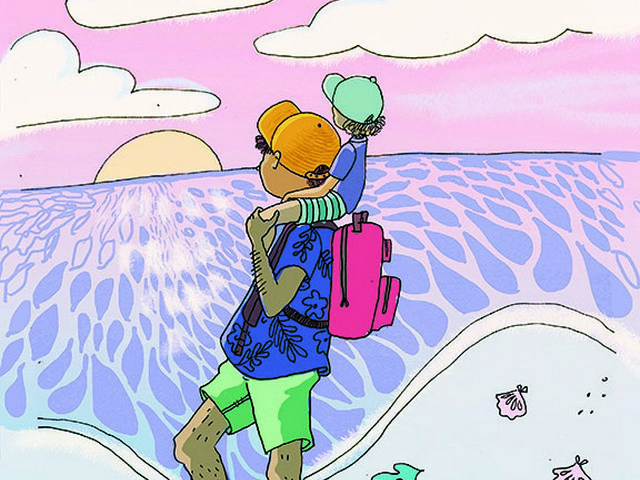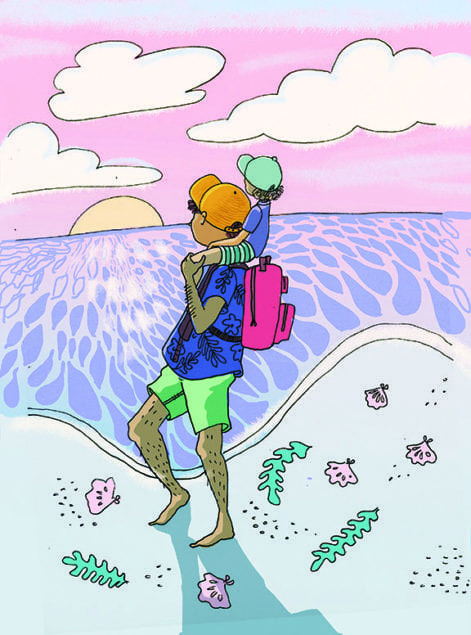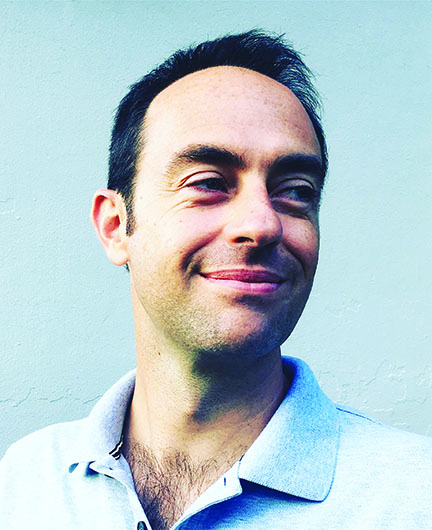When our eldest son was about six months old, we asked my dad to watch him for a night. “I just changed his diaper and put him to sleep in his crib. If he wakes up,” I said, “don’t take him out of the crib. Let him go back to sleep.”
Naturally, when my wife and I returned hours later, we discovered that every light in the house was on. Our son was awake and howling—without his pajamas, without a diaper—in the arms of his exhausted grandfather.
I looked at my dad. “What happened?” I inquired.
“I tried to change his diaper.”
A father has many roles to play, all designed to enrich his life and the lives of his children. My father understood most of these roles and pursued them with determination. Together with my mother, they raised three well-adjusted kids. However, certain fatherly roles (e.g. “diaper changer”) were and are still foreign to him.
Traditionally, father figures were seen as the providers, but we know now that providing alone is not enough. Fathers must also nurture and guide and inspire. That heart-to-heart connection is critical, and there’s evidence of this in nature as well.
Consider, for instance, the lined seahorse (Hippocampus erectus), which is often observed clinging to Florida’s mangroves, seagrasses and floating sargassum. Seahorses are one of few animal species on Earth in which the male carries the young before birth. Male seahorses have a brood pouch at the base of their abdomen. During courtship, the male inflates his pouch prior to pursuing the female, signaling his readiness to mate.
After the males and females lock their tails in a dance that can last for several hours, the female seahorse places a hundred or more eggs in the male’s pouch; the male then fertilizes the eggs and carries them about. The embryos will hatch in the pouch and remain there for about a month. At that point, the father seahorse will hold fast to an object with his tail and bend backward and forward rapidly, opening the pouch to release the infant seahorses.
And what about emperor penguins (Aptenodytes forsteri), the flightless birds that live on the Antarctic ice and breed during the harsh winter season. Female emperors lay a single egg and gently nudge the egg toward the father. The father maneuvers the fragile egg quickly onto his feet and wedges it under his warm body. A layer of air trapped beneath their feathers helps protect the eggs from the brutal Antarctic temperatures. The fathers remain on the ice for about two months, eating nothing, safeguarding the eggs, and pressing together for warmth.
Like my own father, I’m determined to be a good dad and to carry out all of my fatherly roles, including bearing an equal share of the childcare duties. I contribute to my sons’ health and wellbeing by providing financial and emotional support, appropriate monitoring and discipline—and by being a constant and loving presence in their lives. I’m certainly no emperor penguin, but I’ll always do what’s best for my boys.
Author’s Bio
Leopoldo Llinas is a forward-thinking father who hopes to educate the young men and woman who will make this world better. He holds a PhD in Marine Biology and Fisheries from the University of Miami Rosenstiel School of Marine and Atmospheric Science. leollinas@gmail.com








